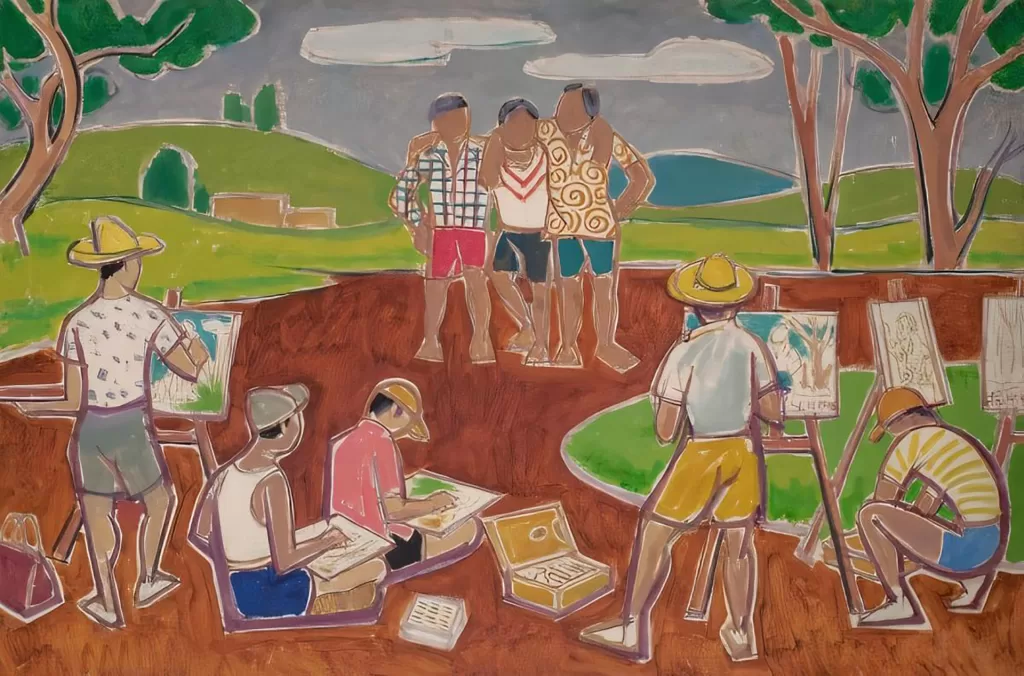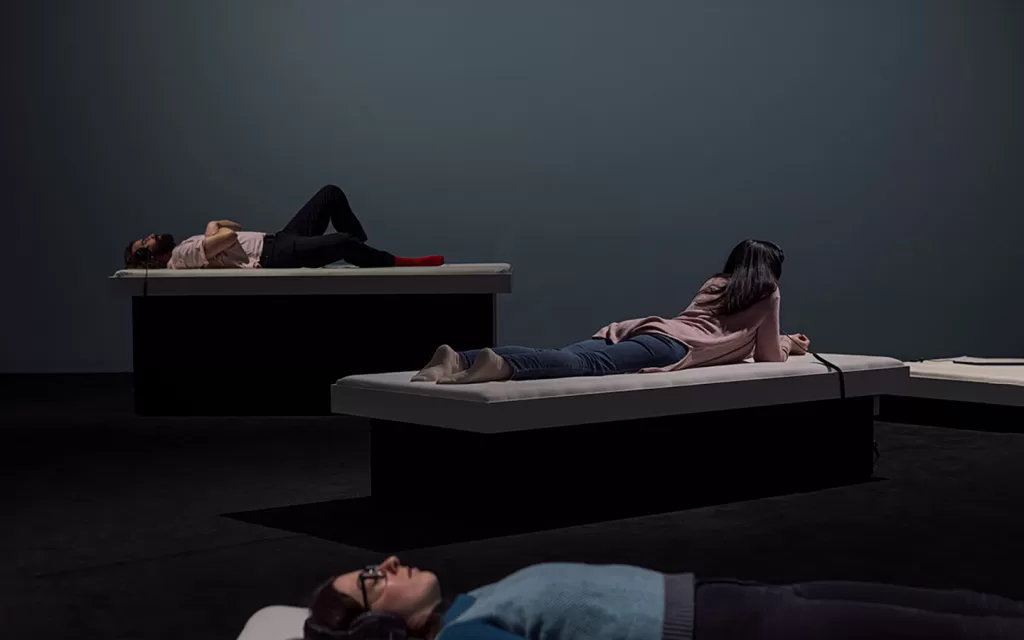It’s the end of a long school day, and you’re feeling completely drained. You have a stack of grading to do and a lesson plan to prepare for tomorrow, but the thought of sitting down and being creative feels overwhelming. You stare at a blank canvas, unable to find any inspiration.

Dear teacher, we hear and see you. We know that now is one of the busiest time of the semester – getting your students ready for the weighted assessments, zooming through all the lessons that needs to be completed, and being many steps ahead with preparing for post-exams activities. As former art teachers in school, we have experienced firsthand how exhausting it can be to constantly pour our energies into the administration and lesson planning while struggling to inject creativity into the classes that we teach.
Deep inside of us, we are well aware that we artists as well. Yet, there have been times where we’ve felt completely drained from teaching that we are unable to come up with new ideas or find inspiration for our own artwork. It’s a frustrating feeling. And we sometimes wonder when all of the load that we carry will eventually lead us to burnout and a loss of passion for teaching and art making.
If you’re feeling exhausted and uninspired, know that you’re not alone. Many art educators experience this same struggle, especially when they’re pouring their energy into lesson planning, grading, and managing a classroom on top of their own creative pursuits. But there’s good news: taking time for creative rest can make all the difference.
For this journal entry, we will be exploring ways where we can find creative rest. If you are already familiar with the theory of rest, this is one of the types of rest defined by Dr. Saundra Dalton-Smith in her book, Sacred Rest: Recover Your Life, Renew Your Energy, Restore Your Sanity. Dr Dalton-Smith presents the idea that we all need seven different types of rest to feel fully alive and fully ourselves. They are physical, mental, social, spiritual, emotional, sensory, and creative rest.
Creative rest is all about giving yourself permission to take a break from the demands of everyday life in order to recharge and rejuvenate your mind, body, and soul. It’s about finding ways to stimulate your creativity without putting pressure on yourself to produce something specific.
By taking a break from the demands of your work and finding ways to engage in creative activities without pressure, you can give yourself the rest you need to come back to your work with renewed energy and inspiration. Creative rest is as important for your own well-being so that you can support your students better.
Here are 5 ways you can find creative rest as an artist and educator in Singapore:
Singapore is home to a wide range of museums and art galleries, offering a variety of exhibitions and programs. The National Gallery Singapore has programs dedicated to wellness. You can take a break from your academic routine by participating in “Slow Art”, a series of programs where art appreciation meets slow-looking and mindfulness.
Singapore is also known for its beautiful parks and nature reserves, offering a tranquil and peaceful environment for taking a break and engaging with the natural world. Nature walks can provide a sense of calm and clarity, and can also inspire creativity and new ideas. We find the Honeycombers’s recommendations of places to hike in Singapore very comprehensive, giving us access to the green spaces in whichever corner of the island that we could in.

We are with you if you find Biennales, art fairs, and art festivals in Singapore rather fatigue-inducing. There could be just so many things happening at once, all over the place. Rather than cramping in all the visits every time there is a mega-event, we recommend pacing yourself out through the year and even attending the smaller events. Happening right now is Shih Yun Yeo exhibition, “Septum” at the Supper House. We are also excited about seeing choreographer Faye Driscoll’s “Come On In”—an intimate audio-based installation at the Esplanade.
This is for the stay-home body. Having a dedicated space for creative activities, whether it be a corner of your home or a studio, can provide a sense of ownership and intentionality around your creative pursuits. We know that in Singapore, our homes are small and space is limited, check out Dark Yellow Dot’s article “Art Studio at Home: 5 Tips to make the Best Creative Space” for tips that are easy on the budget.
Go beyond our sense of sight and activate different parts of the brain to stimulate creativity. With our sense of hearing, we can tune into music that we love, nature sounds or even white noise can help to promote relaxation and creative thinking. Experiment with different types of sounds to find what works best for you.
For activating our sense of touch, we recommend tactile activities such as knitting, pottery, or gardening. A workshop our participants have found particularly therapeutic is “Inclusive CoCreations: Latch Hook Badge Making” co:created with textile artist Izziyana Suhaimi with Nur Rabiatutadawiah Binte Mohamed Rafi (‘Rabia’), a survivor of childhood cancer. Who knew the touch of yarn and the repeated motion of tying a latch-hook knot can be so comforting?
Let’s not forget movement – physical activity such as dance, yoga, or walking can activate our awareness of space. Creative rest can be found when we find ways to create space with our bodies. Not quite sure how to start? Join Contact Improvisation jam @ MIAO Dance to get some physical release and connectedness.
At Co:Creation Workshop, we have offerings that can help you and your colleagues wind down. We especially love winding down with “Peace Paintings: Mindful watercolour brushstrokes” co:created with artist Soh Ee Shaun. The workshop encourages us to develop a mindful, non-judgemental attitude toward artmaking.
Quoting Dr. Saundra Dalton-Smith, “Rest doesn’t always mean sleeping. It means taking a break from the things that wear you down.” As people who hold the importance of art education so close to our hearts, we know how easy it is to fall into the trap of overworking ourselves. But we are only human; rest and care are crucial to our well-being. Let us take a moment to pause, breathe, and find creative rest.
Remember that we are at our best when we are happy, healthy, and fulfilled. So, our dear teachers, take intentional breaks and engage in activities that nourish our minds, bodies, and souls, we can recharge and tap into our creative selves once again. Let’s make rest and self-care a non-negotiable part of our lives. We’ve got this!